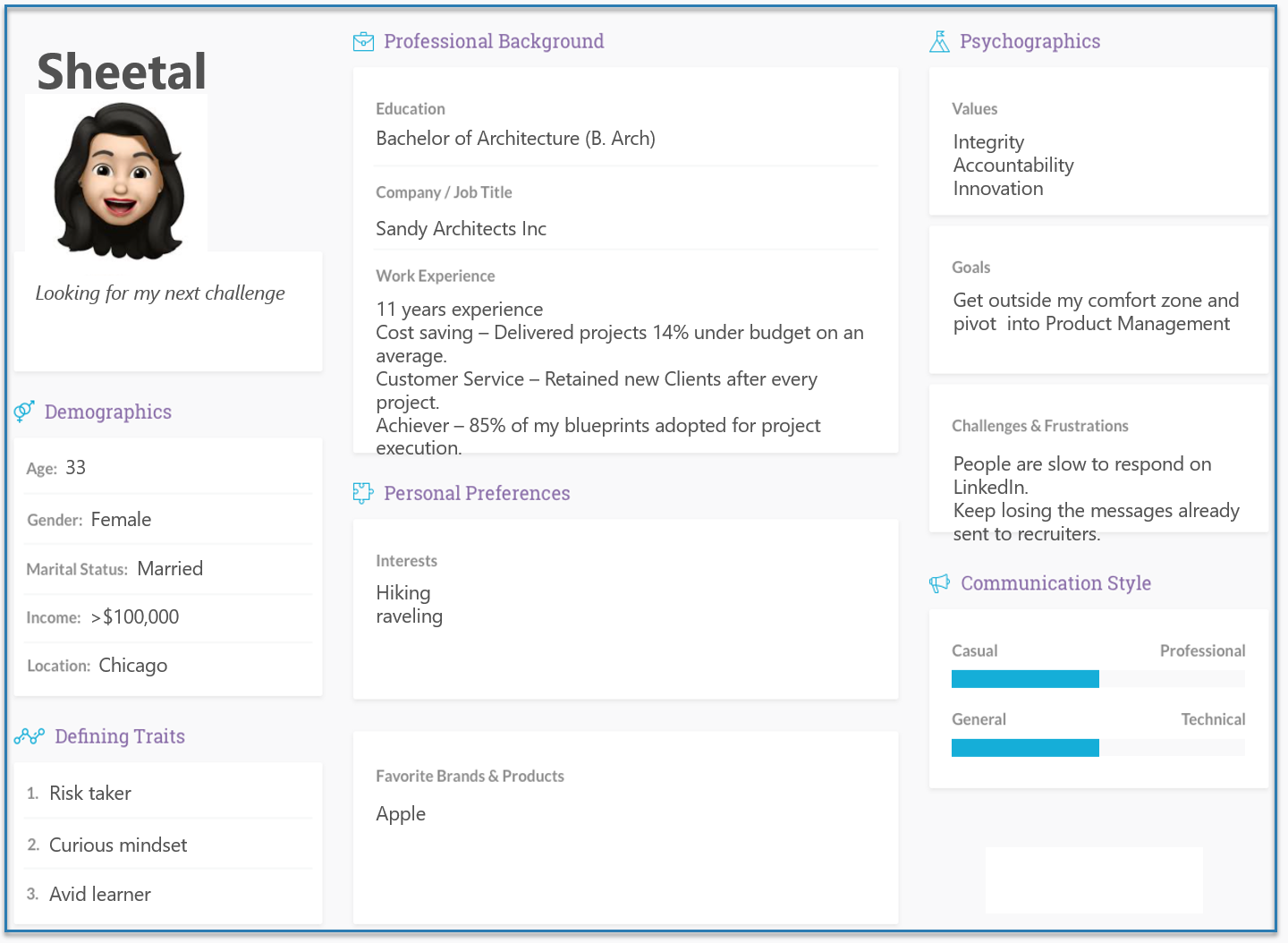

The key here is that using an internal mailing list allows you to segment the audience, so the newsletter you send is specific to the audience you send it to. And there are a number of platforms like SharpSpring, ConvertKit, and MailChimp that will help simplify the process. Do you want to send a monthly newsletter with updates and/or unique offerings to ongoing customers? You can do that too. Do you want to create a newsletter that is just seen by prospects? You can do that.

When it comes to internal newsletters, you can target your B2B content (and your mailing list) to as narrow or as wide of a group as you want to reach. With LinkedIn’s newsletter feature being relatively new, we’re still tracking to see if it’s a passing trend or the new frontier of newsletters.ĭo you have an up-to-date mailing list of engaged customers and potential customers? Do you have a large LinkedIn following? If you answered yes to just one of these, start there. But which way is best? What will garner the most ROI? There are two main ways to go about getting your company’s information and updates out to the masses: Internally (via your own mailing lists) or via LinkedIn (either through your company channel or through one of your executives). So how do you decide what to write, how often to send, and what platform to use? Internal vs. But when it comes to your brand, you don’t want to play around and potentially convolute your messaging. Newsletters, like some of the greatest things in life, come in many shapes and sizes. The question is-is it worth using?Īnd if so, what should your newsletter cover? Should it be long and research-driven? Short and cheeky? Should it go out every week or once a month?

At this point, pretty much any business or individual (provided your account is set to Creator Mode) can use it. Over the last few months, LinkedIn’s been gradually rolling out their newsletter feature.


 0 kommentar(er)
0 kommentar(er)
